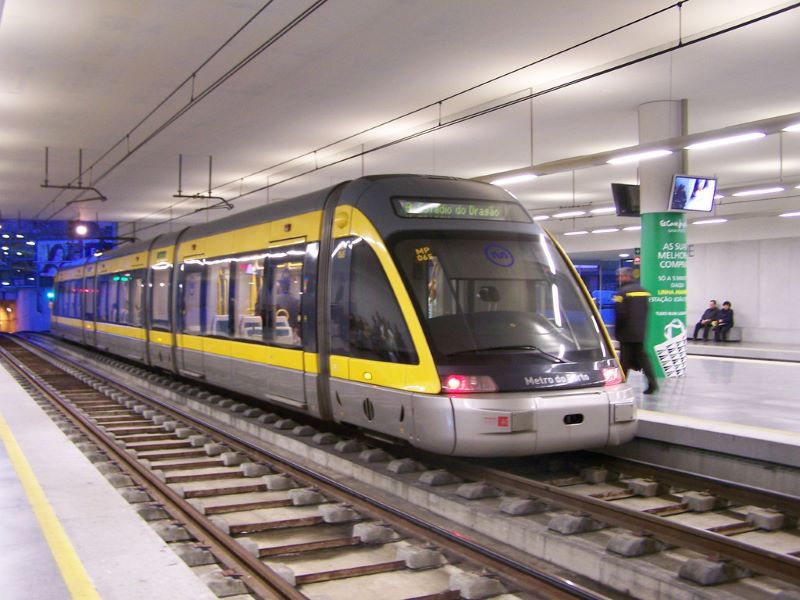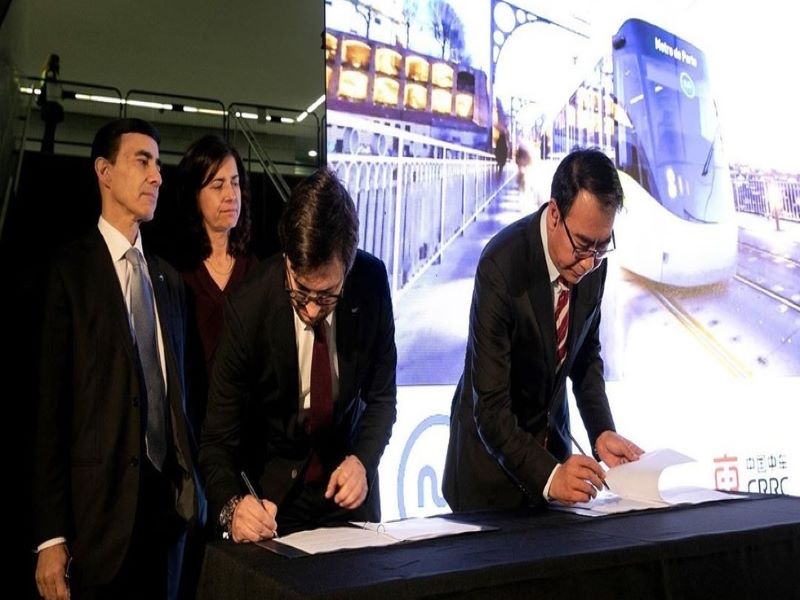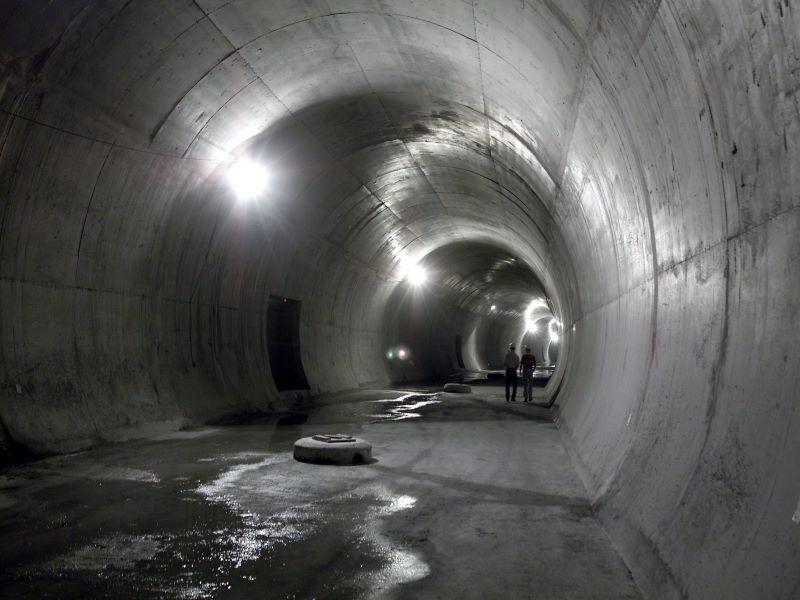Portuguese state-owned enterprise Metro do Porto is expanding the city’s light metro network to meet increasing ridership demand.
Metro do Porto operates a network of six lines and 82 stations covering seven municipalities in the Metropolitan Area. It served more than 71 million commuters in 2019.
The estimated investment in the expansion of the Porto Metro is €288m ($333.69m). The project involves the expansion of an existing line (Yellow Line) and the construction of a new line (Pink Line). Work on the project is set to commence in the second half of 2020.
The Yellow Line extension will take 34 months to complete while the Pink Line is expected to be completed in 42 months.
Porto Metro extension details
The project is being implemented in two contract packages. The first contract will involve a 3.5km extension of the Yellow Line to the south, including a 3.15km dual-track light rail.
The extension will run from Santo Olvido station and cover the districts of Vila Nova de Gaia, Oliveira do Douro, Mafamude e Vilar do Paraiso, and Vilar do Andorinho. The project will also involve the construction of a viaduct, three stations and a 770m-long tunnel.
The second contract will include the construction of a new 3.1km-long circular line between Casa da Música and Praça da Liberdade. Three ventilation shafts and four new stations will be constructed as part of the new circular line (Pink Line).
São Bento provides connectivity to the local railway station and the Casa da Música station has a link with the international and urban road transport network. The metro extension project will add seven stations and more than 6km to the network. The trains that will run on the Pink Line will be powered by 750V DC electric traction using a rigid catenary system.
Construction details of Porto Metro extension
A depot for 30 trains is planned to be constructed along the Yellow Line. The four stations proposed to be built in the Pink Line are Hospital Santo Antonio, Galiza, Liberdade – S. Bento, and Boavista – Casa da Música. The construction of Galiza, Boavista – Casa da Música, and Liberdade – S. Bento will be performed using the cut-and-cover excavation method while that of Hospital Santo António station will involve mining excavation with two access shafts.
A branch line to the existing network will be built, along with the start of construction of a future line towards the municipality of V.N. de Gaia. The Pink Line will run on an underground double track while the branch line will be on a single track.
Works on the new line will also include the construction of two traction power substations.
Rolling stock for Metro do Porto
Metro do Porto awarded a €49.6m ($54.59m) contract to Chinese firm CRRC Tangshan for the procurement of 18 new vehicles. The contract also includes the provision of five-year maintenance of the vehicles. The rolling stock procurement is fully funded by the Environmental Fund of Portugal’s Ministry of Environment.
The new vehicles are expected to run on different lines of the network and meet the required operational and safety standards. Each train will be able to accommodate 252 passengers, including 64 seated passengers.
The trains will include two cabins and operate in bi-directional mode at a maximum speed of 80km/h.
Porto Metro extension benefits
The metro’s Pink Line will support Portugal’s efforts to cut emissions and fight climate change. The line and the new stations will improve access to the metro system in the central zone of Porto.
The extension will also provide enhanced public transport options for commuters while delivering annual energy savings of 98.61t of oil equivalent.
Key players involved
A consortium comprising SENER, CJC and NSE was contracted to deliver the project design for the Pink line while the contract for Yellow Line extension was awarded to a consortium of LCW, GRID, and Amberg Engineering. Amberg is responsible for project planning services, along with ventilation and supplementary work.
A consortium formed by Ferrovial Construction and Albero Couto Alves received a contract for the expansion of the Porto Metro. Eduardo Souto Moura won a contract to perform landscape and architecture work related to the stations of the Pink Line.




